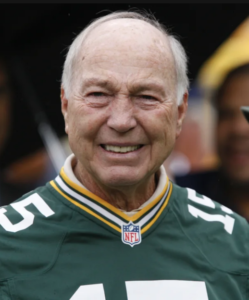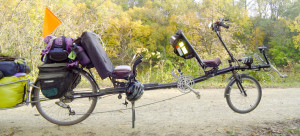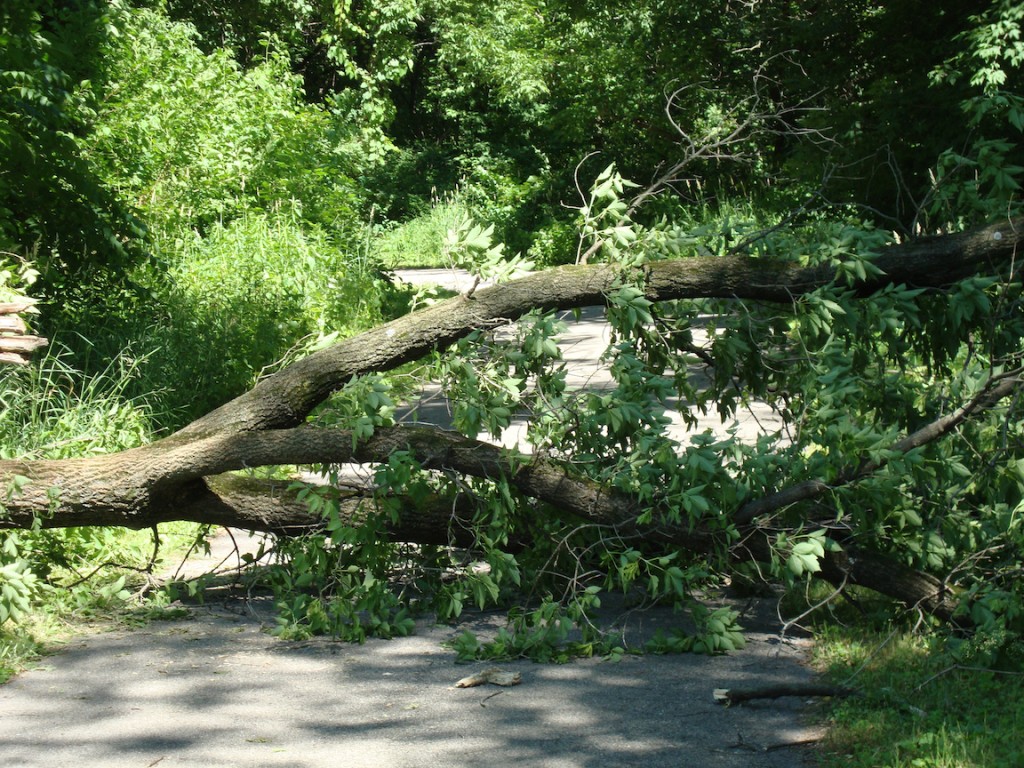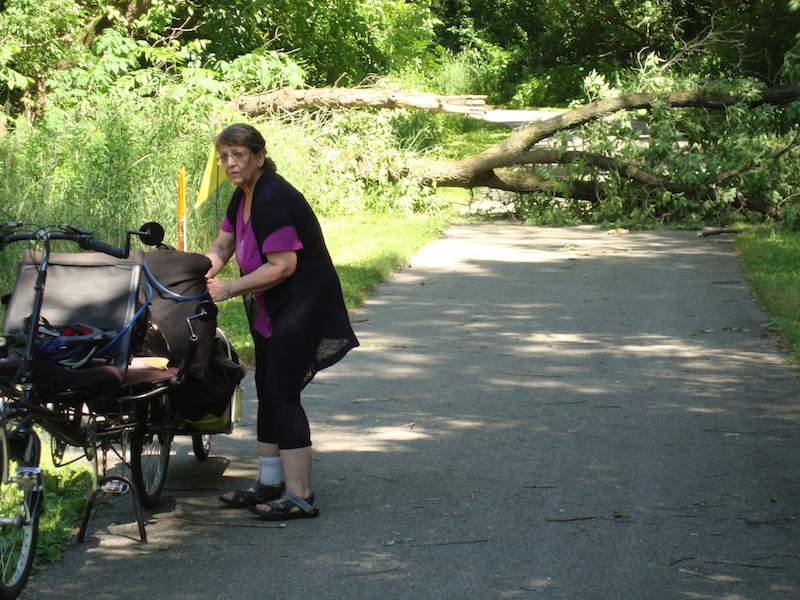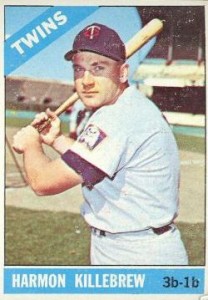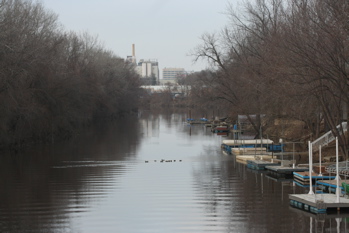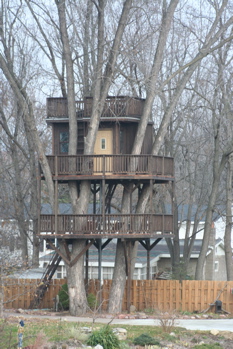A time portal opened and handed me this column from the future, dated November 1, 2022:
Now that high school football season is winding down, it’s time to reflect on the new and unusual action on the field after games ended. This was the first season under the Supreme Court’s blessing of post-game prayer festivals, and our Friday night tradition has inaugurated a wide variety of holy parades.
There was no question that on the first game of the season Christian evangelicals would present an over-the-top display of religious piety. But since all religions are created “equal,” it didn’t take long for other religious traditions to claim their part in the court-sanctioned prayer festival.
It started with a high school on a Wisconsin Indian reservation, where the coach and players play drums and burn herbs in a traditional Native ceremony.
The following week a Muslim coach in Dearborn, Michigan arranged to end games with a Call to Prayer, and many of the coaches and players unfurl their prayer rugs and bow toward Mecca.
A school on a South Dakota reservation now ends games with a pipe circle. Meanwhile in south Florida, a Rastafarian coach has pipe circles of his own. The team doesn’t win many games, since it’s mainly a group of stoners who quickly adopted Rastafarianism once they joined the team.
But when it comes to making a circus out of post-game “ceremonies”, there’s no out-staging California. In Orange County, an assistant coach organized a Satanic ritual, based on having signed up to Satanism as a joke while in college.
In Marin County, a coach legally filed paperwork to create a religion that worships the music of Jerry Garcia. After games, a life-sized “Jerry Bear” is placed at the center of the field. The sound system plays a random Grateful Dead song while coaches, players and cheerleaders spin-dance on the field.
A school in Santa Monica developed a ritual that incorporates elements of Buddhism, Scientology, and New Age spirituality. It mainly involved participants sitting in a circle and humming “Ohm”.
Every case of post-game “praying” seemed to originate from a tiny fraction of the local population: a small but organized group seizing the opportunity to evangelize at a large public event, courtesy of the US Supreme Court.
Everyone else was there to watch local kids play football, and they’re finding the post-game circus tiresome. A cherished community institution has become an extension of somebody’s church. Those who don’t belong to the church feel less of a part of the community, and they are hurt by that.
Attendance at games plummeted. The only remaining spectators are parents of the players, and those who don’t join the post-game ceremony quickly flee the stadium at the closing whistle.
Everybody seems to blame evangelicals and their Republican allies for ruining their Friday night football traditions. The only question is whether their disgust will be expressed at the ballot box in a few days.


